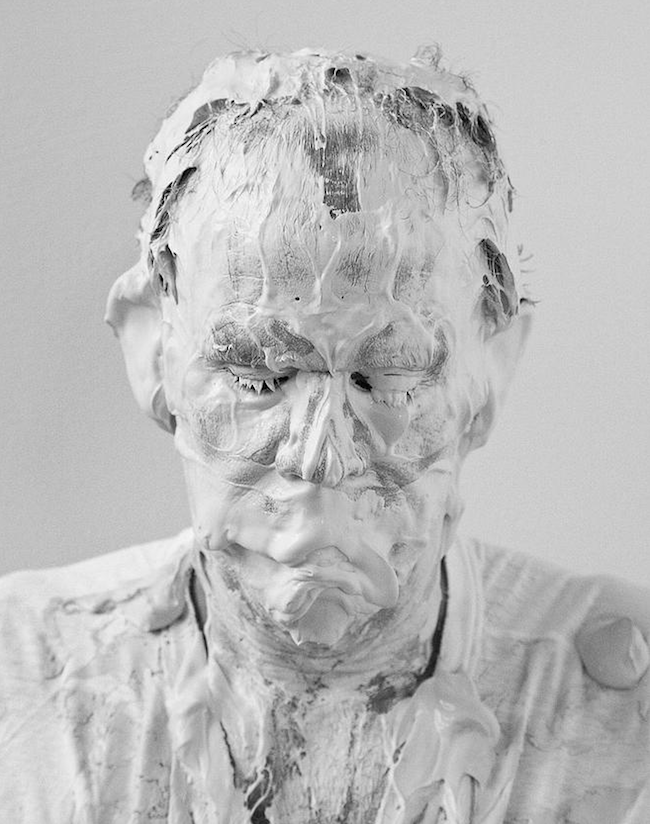Friend of CFile Chris Staley has many piercing insights about what it means to create. In his stint as Penn State Laureate, Staley released a series of videos approaching that topic from different angles. One of those interviews can be seen here.
Staley recently did an interview for the art website Louise & Maurice. After a few introductory softball questions, the artist starts tackling subjects that form the heart of his practice. Here are a few of them; we recommend that you read the interview in its entirety here.
Q: You’ve been credited with saying, “Clay doesn’t lie.” What does this mean to you? How did you come to work with this material, what is it that drew you in and continues to provoke your interest?
A: Because clay is so responsive to touch, it reveals a story about the maker…How the infinite nuances of the ways clay can be touched captures everything from vulnerabilities to strengths. Like many, I was drawn to clay because of its plasticity and immediacy. Clay is just so responsive. Also something about the material seems so humbling, coming from the earth, humus from the earth. With the passage of time I have become intrigued with how touching clay can slow time down – as if being aware of when we touch something the awareness itself slows time down. Like the monk who pays attention to their breathing as they meditate.
Q: You talk about something called “the sludge of clay.” What does this mean and why is it so critical to your practice and, seemingly, your overall day-to-day existence?
A: I just used the phrase “the Sludge of Clay” because it reminds me of the sludge of life. That life itself is messy. We all shit, cry, laugh, age, and then die. I love grabbing a handful of very moist formless clay – it is like grabbing a handful of potential. A handful of clay is like our very lives we can do anything we want with it.
Q: Conceptually speaking, what do you identify as your primary concerns? If these have changed over the course of your career, can you speak about where you began to where you are now?
A: In all honesty when I was young, clay was a life-saver. There was a lot of pressure growing up to be successful and I was not a particularly strong student. This was a cause for concern. I was very athletic but wasn’t good enough to make a living as a professional athlete. I always liked drawing and painting and making stuff, but it was the physicality of clay that captured my attention. I have always been intrigued with ideas around spirituality and our capacity to be better human beings. Increasingly, I have become intrigued with the subjective nature of the arts and its potential to help humanize education.
Q: I’ve read that you like for your work to look “like it is still becoming.” Can you elaborate on what this means? Is it in reference to concept or physical in form or a combination of the two?
A: Few things excite me as much as a compelling question. The power of art is its power to ask questions. I am particularly drawn to art that doesn’t look like art. It is something that is hard to place or contextualize. It might look unfinished or happen to be a random occurrence. Milan Kundera said, “Chance and chance alone has a message for us. Everything that is expected, planned or repeated is mute. Only chance speaks and we read its messages the way gypsies read the images of coffee grounds at the bottom of a cup.” As an artist, metaphorically, I am interested in those coffee grounds.
Love contemporary ceramic art + design? Let us know in the comments.

Add your valued opinion to this post.